2019-01-08
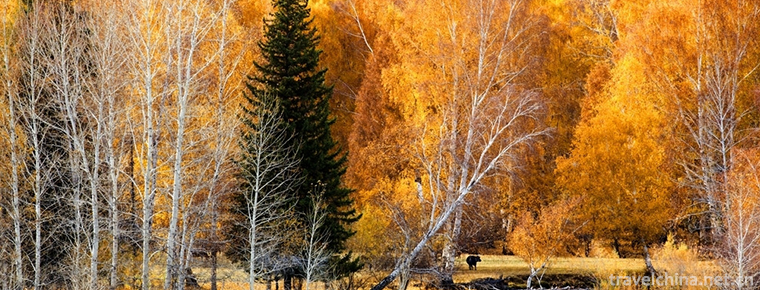
- By ChinaWiki.net
- Chinese Edition
- 2019-01-18
The Cocotto Sea Scenic Area and Xinjiang Cocotto Sea National Geological Park, located in Fuyun County, Altay District, northern Xinjiang, covers an area of 788 square kilometers, 485 kilometers from Urumqi and 53 kilometers from Fuyun County Town. The scenic spot is composed of Ertiz Grand Canyon, Cocosuri, Lake Iremut and Karashenger seismic fault zone. It takes beautiful canyon rivers, rocky woodlands, mineral resources, cold lakes and exotic seismic fault zones as natural scenery, integrates geological culture, regional characteristics and national customs, and takes sightseeing, leisure and vacation, special tourism (hiking, photography, etc.) and scientific investigation as its main features.
In 2012, the Cocotto Sea Scenic Spot was promoted to the National 5A Tourist Scenic Spot.
Historical evolution
Found in 1930, the Koketuohai mining area was mined by only the local minorities for the outcrop part of vein No. 3. The products were used as jewelry decorative materials.
In 1935, two geological units of the former Soviet government came to Altay. After many geological explorations, the No. 3 vein was used as the main ore vein in Keketuohai mining area, and beryl and tantalum-niobium iron ore were mined.
On March 1, 1950, the "Ashan Mine Management Office of Sino-Soviet Nonferrous and Rare Metals Stock Company" was established.
On January 1, 1955, all the enterprises in the mining area were transferred to China to operate independently. The original Ashan Mine Management Department was renamed as the Keketuohai Mine Management Department of Xinjiang Nonferrous Metals Company, General Administration of Nonferrous Metals, Ministry of Metallurgical Industry, directly under the central administration.
In 1958, it was renamed Cocottohai Mining Bureau.
In 2005, the Cocotto Sea Scenic Area was officially approved as the National Geopark by the Ministry of Land and Resources.
On July 15, 2008, Cocotto Sea National Geopark officially opened.
In 2009, it was assessed as Grade 4A scenic spot by the Quality Grading Committee of National Tourism Administration.
In early 2010, it was awarded the honorary title of "Ten Excellent Class A Tourist Scenic Spots in Xinjiang" by the Tourism Bureau of Xinjiang Autonomous Region. It was jointly awarded the honorary title of "International Original Ecotourism Scenic Spot" by the United Nations Tourist Economic Promotion Association, China Marketing Society and China Tourism Brand Association.
In 2010, Fuyun County invested 36.78 million yuan to improve the infrastructure of Cocoa Tohai Reception Center Hotel and Simple Restaurant, Zhongshan to Hot Spring Road, Scenic Area Sign, Scenic Area Ticket Checking System and Environmental Eco-toilet, Scenic Area Fast Food Service Center, Geological Museum and Hot Spring Physical Therapy Center.
On May 19, 2012, Cocotto Sea Scenic Area was promoted to National 5A Tourist Scenic Area.
In 2013, Fuyun County invested 40 million yuan in the development and construction of ethnic minority bar, open self-catering area, river-crossing sightseeing suspension bridge, tourist souvenirs, exotic stones, gem shops, outdoor recreational facilities and other service facilities.
geographical environment
Location context
Cocotto Sea Scenic Area, located in Fuyun County, Altay District, northern Xinjiang, covers an area of 788 square kilometers, 485 kilometers from Urumqi and 53 kilometers from Fuyun County Town.
topographic features
Located in the middle south slope of Altay Mountains, the Cocotton Sea Scenic Spot is 1200-1500 meters above sea level. Because of its special geological structure, wind and rain erosion and flow cutting, many deep gullies and Gorges are formed. The Keketuohai scenic spot is mainly granite landform.
climate
The Cocotton Sea has a high dimension, deep in the inland, far away from the sea, forming a typical continental cold and arid climate, cold in winter and cold in summer. Less rain in summer, longer sunshine, winter monsoon mostly snow. The coldest month is January, with an average temperature of minus 37 C and an extreme minimum temperature of minus 51.5 C (January 1961); the hottest month is July, with an average temperature of 25 C and an extreme maximum temperature of 37 C. Its extreme minimum temperature (minus 51.5 degrees Celsius) is second only to that of Mohe County in Heilongjiang Province (minus 52.3 degrees Celsius), known as China's second cold pole. The average annual precipitation is 250 feet, the average annual wind speed is 1.4 m/s, and the dominant wind direction is northwest wind. The frost-free period lasts 120 days with a depth of 2.2 meters.
natural resources
mineral resources
As of 2013, there are more than 80 kinds of minerals in Cocotto Sea, including lithium, beryllium, niobium, tantalum, rubidium, cesium and other rare metals. Beryllium reserves rank first in the world. Gems such as emerald, Aquamarine and emerald, amethyst, hibiscus, garnet and tourmaline are found in granite pegmatite.
Biological resources
As of 2013, there are more than 100 kinds of rare wildlife in the Cocotton Sea, including brown bear, wild donkey, beaver, snow leopard, Saiga antelope, etc. There are dozens of wild plants, such as wild lavender, Lonicera microphylla, Spiraea, Siberian juniper, various lichens and mosses, Coptis chinensis, peony, Codonopsis pilosula Sinkianensis, Altay Duhuo, etc.
Tourism information
Ticket information
The ticket price of scenic spot is 90 yuan per person, and the interval ticket is 36 yuan per person (gate-Zhongshan)
Traffic information
1. Travel by bus: Take the long-distance bus from Urumqi to Fuyun County to Nianzigou Bus Station in Urumqi. After arriving at Fuyun County, take the taxi from Fuyun County to Cocoa Tuohai Special Line (at Fuyun Passenger Station) to Cocoa Tuohai. Or take a long-distance bus directly from Urumqi City to Cocotto Sea Town and arrive at Cocotto Sea Town.
2. Self-driving trip: driving from Urumqi to Fukang Happy intersection, along National Highway 216, from Urumqi City - Wucaiwan - Karamari hoofed wildlife reserve (where wild horses, yellow sheep and other protected animals) - Chakurtu (where there are toll stations, usually lunch here) - Fuyun County Town (along Provincial Highway 226) - Cocoato Sea Town (along Provincial Highway 226). Along the way, you can enjoy the beautiful scenery of Cocoa Suri and Lake Remu.
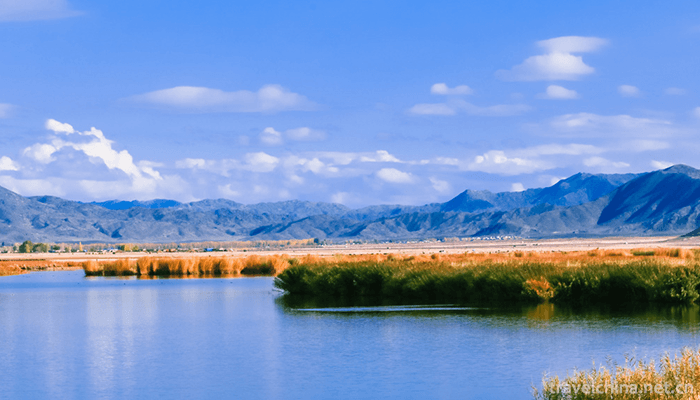
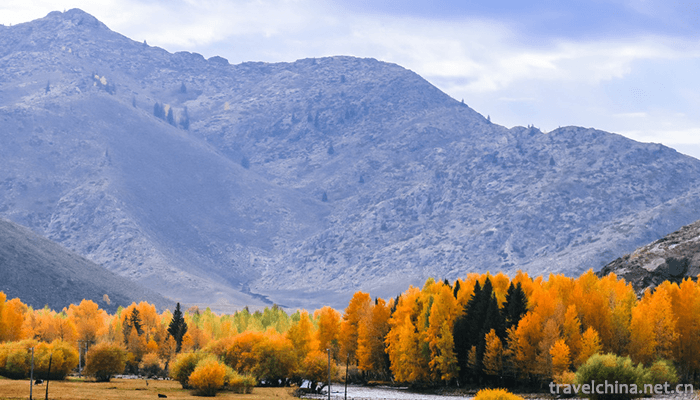
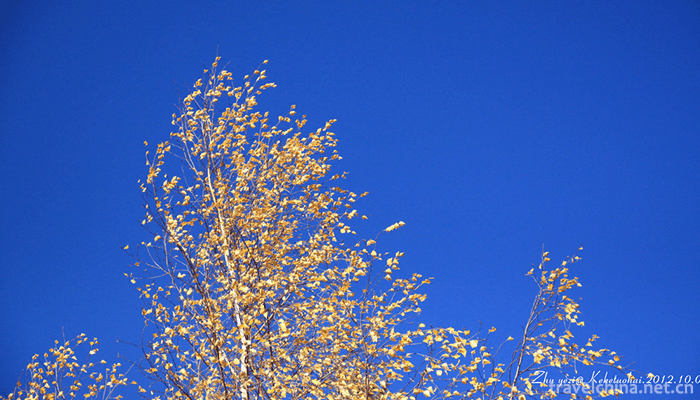
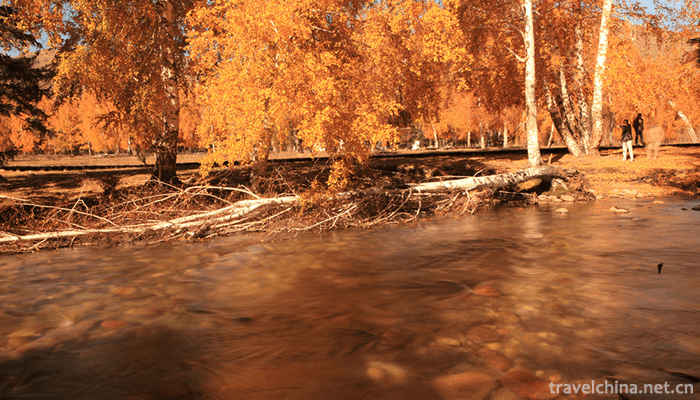
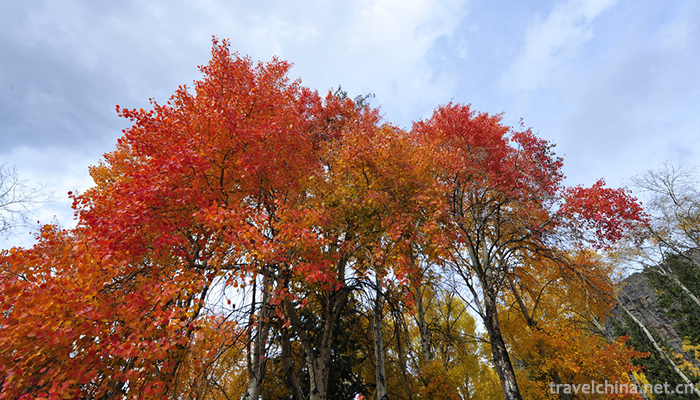
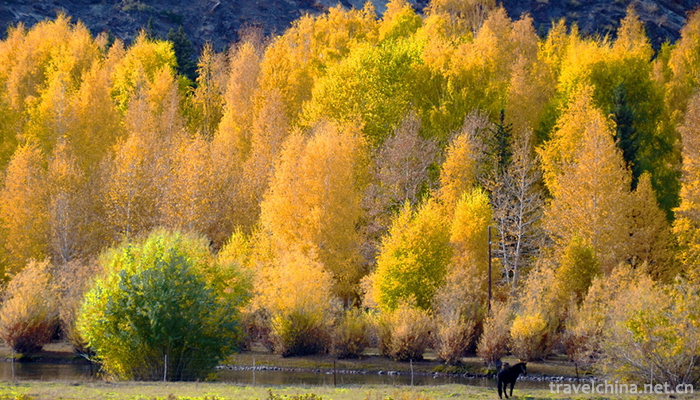
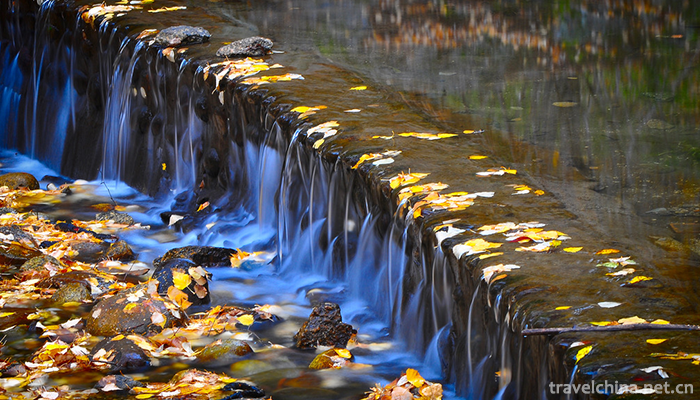
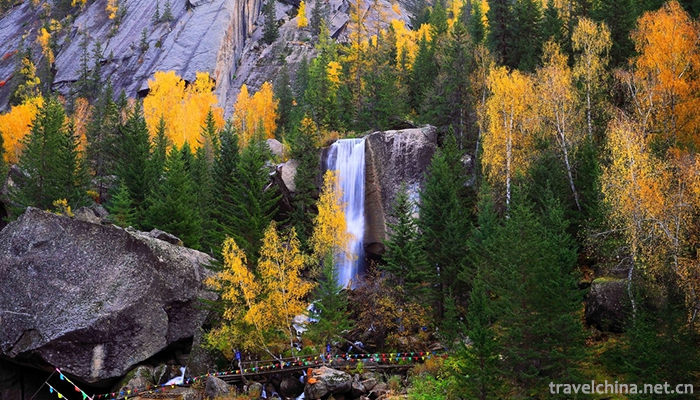
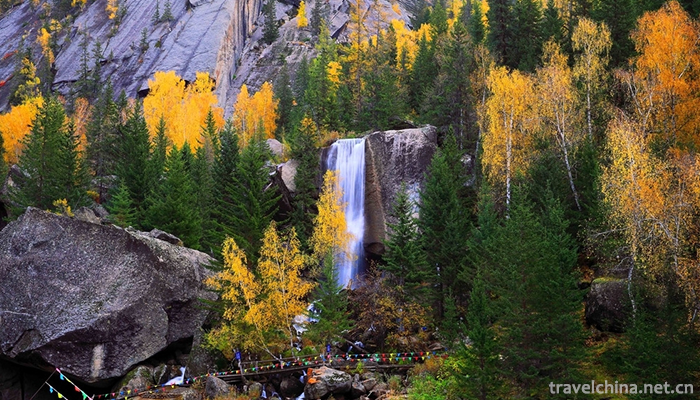
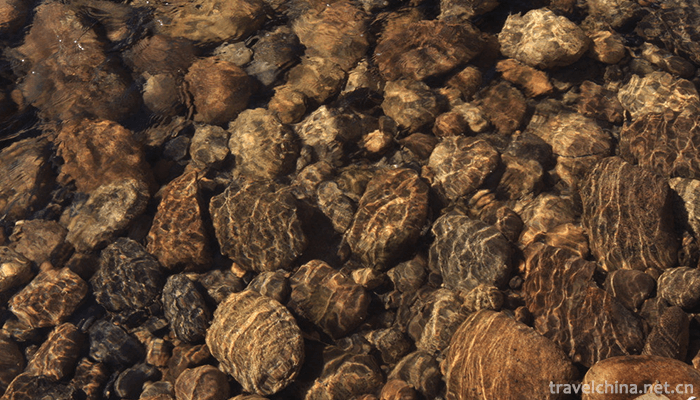
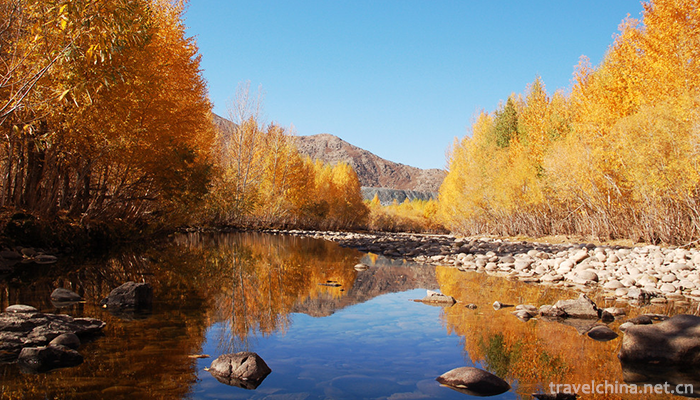
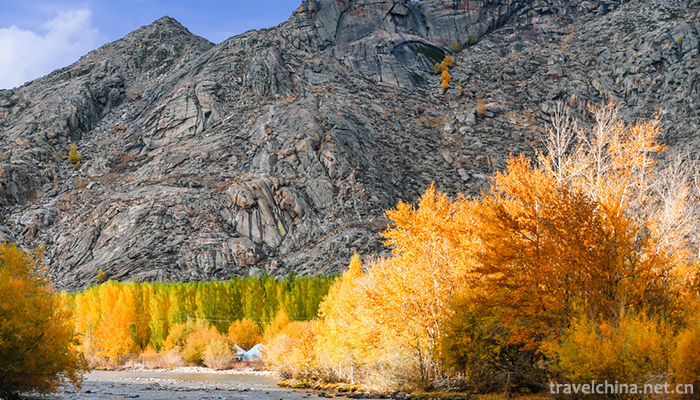
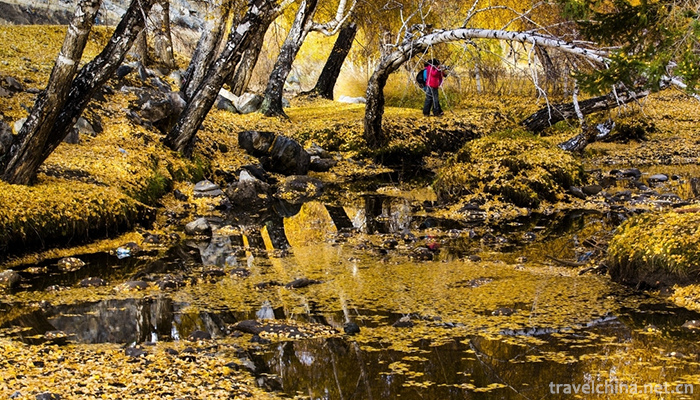
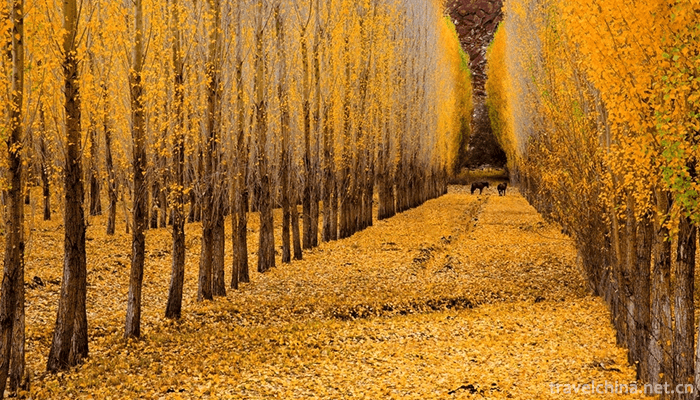
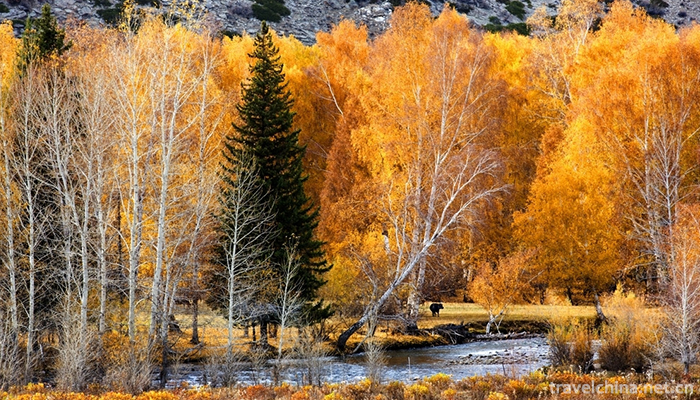
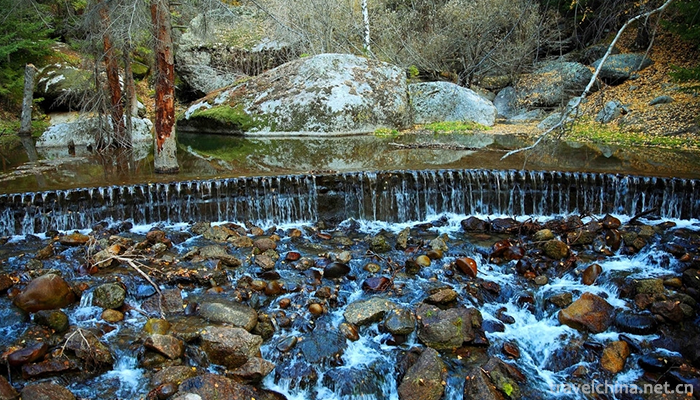
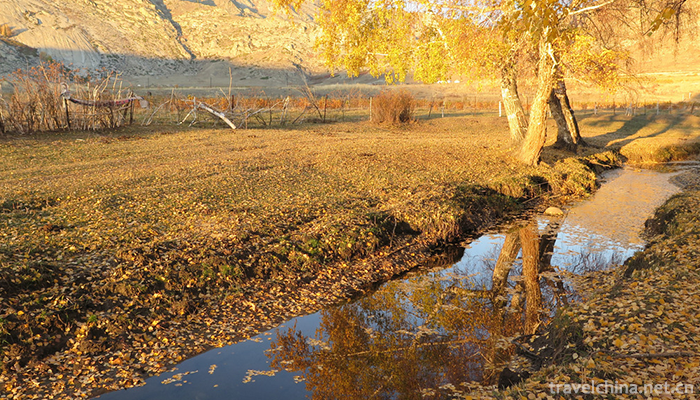
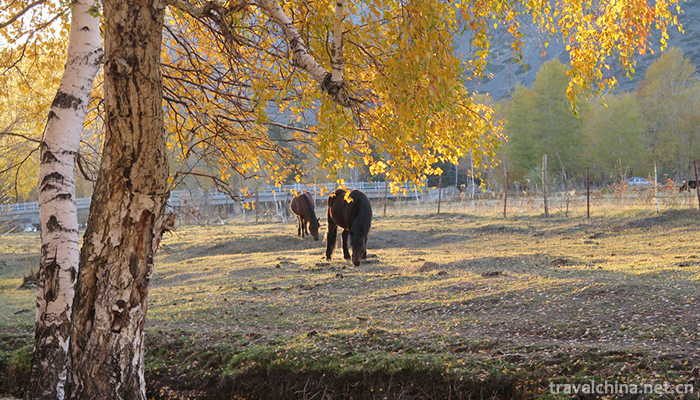
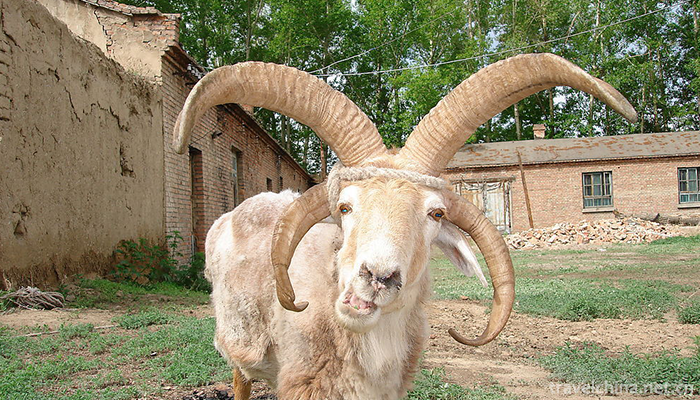

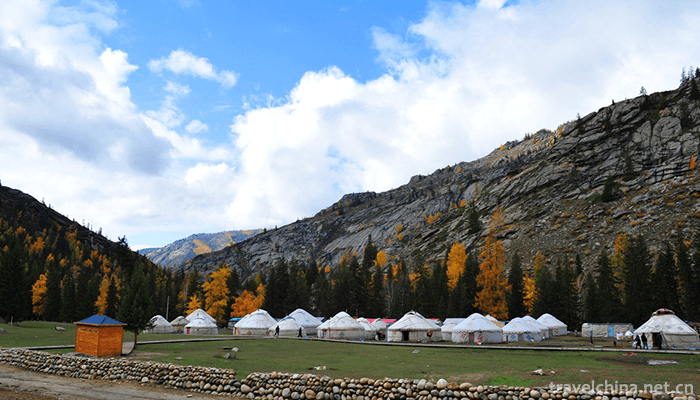
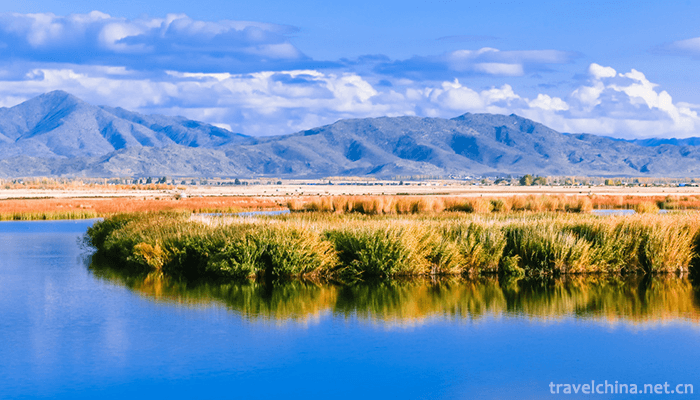
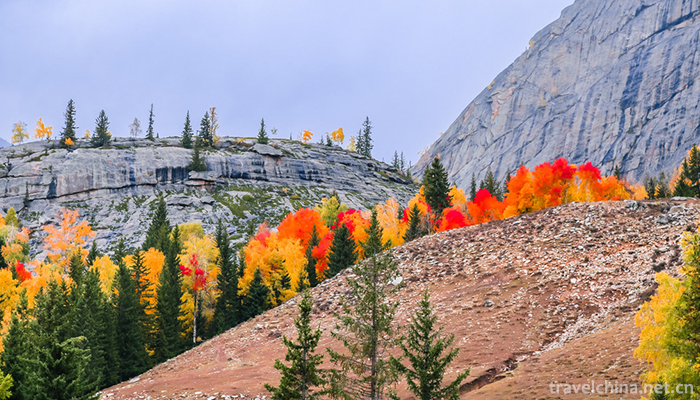
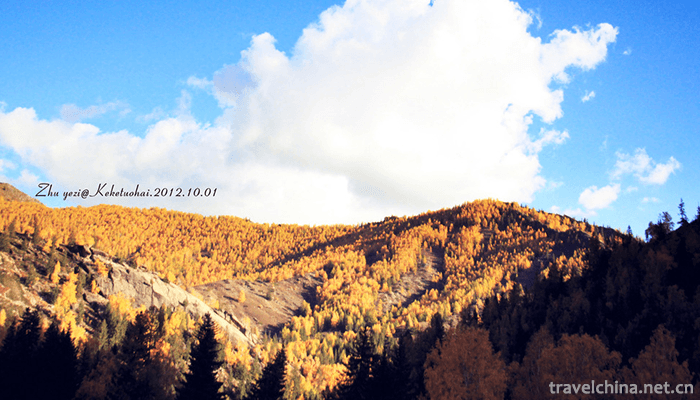
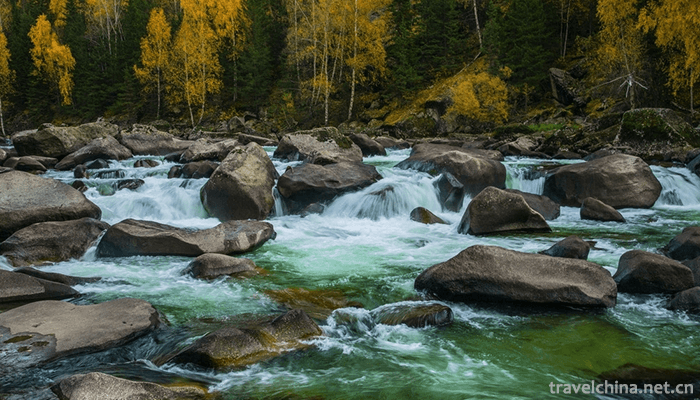
Ask a Question
Your email address will not be published.
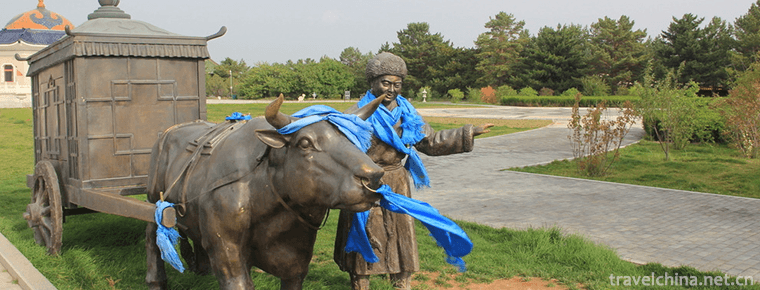
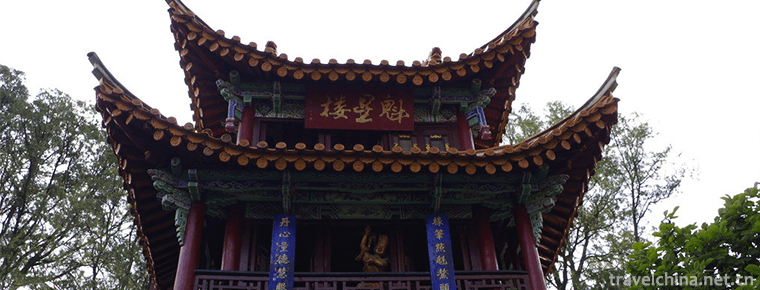

0 Questions